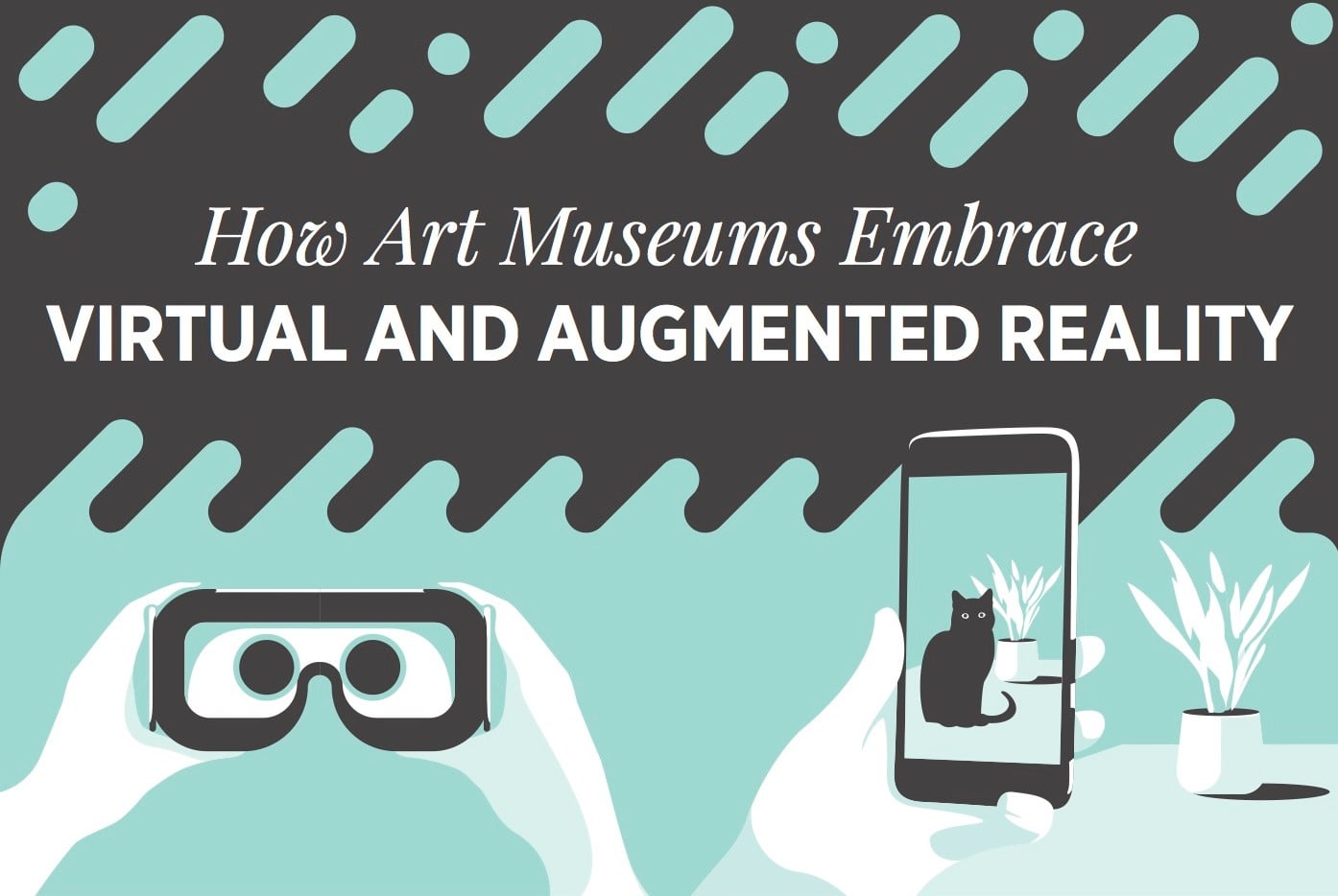You may consider augmented reality (AR) and virtual reality (VR) as novelties right now, but soon they will be pervasive throughout the business sphere. An article in Fortune magazine quotes that by 2020, virtual reality alone will contribute $150 billion to the global economy. In another study, 66% of consumers said that they were interested in VR for use in shopping.
The diverse uses of these technologies are reaching out into various businesses and sectors. Surgeons use the tech to more accurately assess internal physiology, while on warehouse floors, foreman use AR to be able to instantly see where machinery may need to be replaced, repaired, or refueled. In terms of accessibility, AR glasses are being used to provide live captioning for people who are hard of hearing or deaf. The possibilities seem limitless, so what might be next?
Q1 hedge fund letters, conference, scoops etc
Some of the most innovative uses of the tech are in the arts, therefore, if you are looking for the best ways to connect to AR and VR, it’s always a good idea to see what artists are doing. In general these are the most creative, and because they often rely on grants, the lowest cost, options for harnessing new tech.
Looking at some of the amazing things being done at museums worldwide, Invaluable put together an infographic below that demonstrates some innovations in AR and VR within the fine art sphere.
Total Immersion
If you’ve ever wanted to feel the artist’s spark from inside their world, it is possible to get closer to that connection than ever before. For one museum in France, near the home of Claude Monet, their Claude Monet: The Water Lily Obsession exhibit uses a VR experience to allow a viewer to feel they are inside a rendering of the artist’s studio as well as in the landscapes where the artist was inspired to create his work.
In another VR experience, The Kremer Museum has created an entire museum in the digital, making it possible for people to visit without leaving their homes. Not only can the viewer virtually walk the collection, they have an enhanced experience that allows them to see history and even x-rays of the paintings to get sketches and insights that regular museum goers would not see.
Find What is Lost
For an AR experience like no other, the Museum of Stolen Art has empty picture frames representing works that have been the victims of theft. With an AR application it is possible to view those pieces the way they were meant to be enjoyed.
There are many more ways to look into the historic, topographic, and experiential possibilities of AR and VR through how artists utilize the technology. Check the infographic below for more ways artists are revolutionizing this tech.






